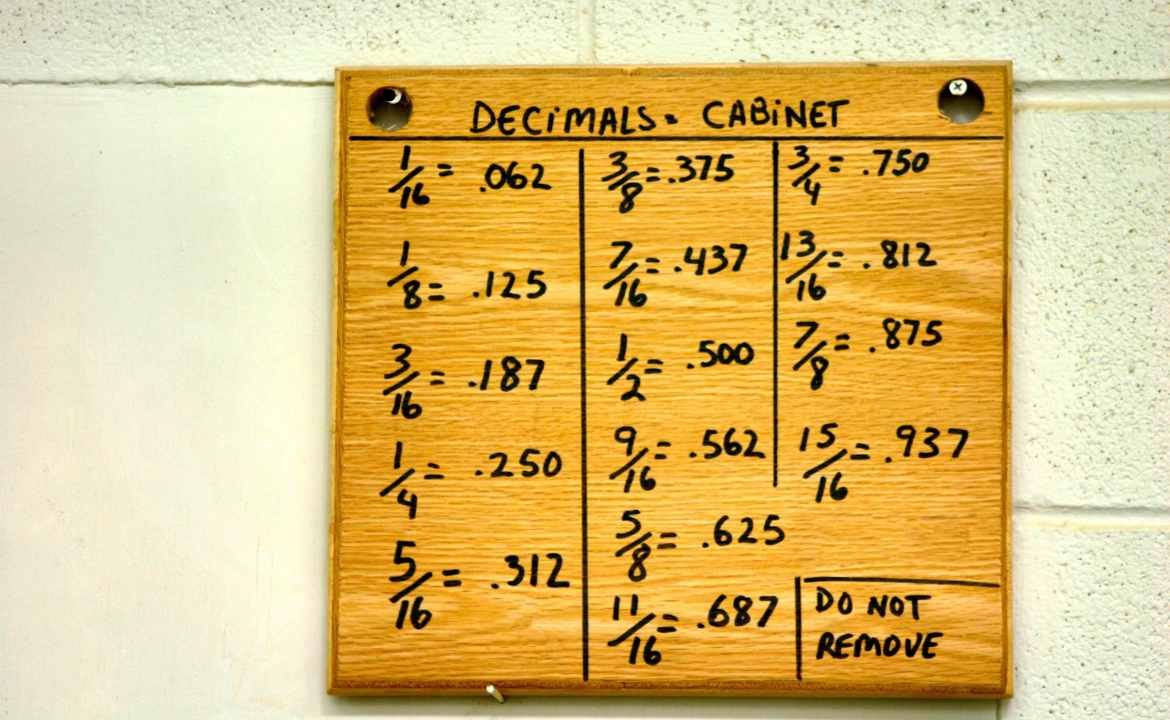When we ask, what is the percentage for IT1 in 9.223 quintillion, we’re diving into a numerical concept that involves proportions and vast numbers. To understand this topic clearly, we need to break down what IT1 refers to (likely a unit, value, or entity) and how it fits into the immense figure of 9.223 quintillion. This kind of analysis is important in data science, statistics, and computational analysis where massive datasets are evaluated.
The primary keyword “what is the percentage for IT1 in 9.223 quintillion” sets the stage for understanding scale, measurement, and comparative volume. This percentage calculation requires not just basic math but also a good grasp of large numbers.
Breaking Down the Numbers
First, let’s understand the scale of 9.223 quintillion. This number is written as:
9,223,000,000,000,000,000
That’s 18 digits long. In computing or data processing, such large numbers may relate to memory addresses, data entries, or computational possibilities.
Let’s say IT1 represents a single instance of something—maybe one record, one occurrence, or one byte. To find the percentage of 1 in 9.223 quintillion, we use the basic percentage formula:
(IT1 ÷ 9.223 quintillion) × 100
So, that becomes:
(1 ÷ 9,223,000,000,000,000,000) × 100
This gives us an extremely small number—approximately:
0.00000000000000001084%
Yes, that’s far less than one-billionth of a percent. It tells us that IT1 makes up a microscopic portion of 9.223 quintillion.
H2: Why Is This Percentage Significant?
This kind of calculation is not just theoretical. In real-world applications, extremely small percentages are very important in data science, machine learning, encryption algorithms, blockchain systems, and cybersecurity.
If you’re analyzing system logs and IT1 represents an error or a flagged packet among 9.223 quintillion data entries, then even this tiny percentage matters. In sensitive environments such as network security, astronomical data, or genomic studies, rare events (like IT1) may carry high importance despite being statistically tiny.
It’s also relevant in risk assessments. For example, if IT1 represents a security breach in a massive data infrastructure, knowing its percentage helps in quantifying risk—even if it appears rare.
Real-World Context of IT1 in Large Volumes
To visualize the concept better, imagine a library with 9.223 quintillion books, and only one book has a specific error. IT1 would represent that one erroneous book. The chance of randomly picking that flawed book is so tiny that it’s almost impossible—but not zero. This reflects real-world systems like cryptographic hashes, where one incorrect input in trillions can corrupt a function.
Similarly, in scientific research, if IT1 denotes a mutation or anomaly in a database of genetic sequences, even that one anomaly in quintillions of entries may trigger further investigation. Hence, understanding such small percentages is key for accuracy and precision in high-volume data systems.
Mathematical Interpretation of Tiny Percentages
Let’s revisit the calculated percentage: 0.00000000000000001084%.
This can also be written in scientific notation as 1.084 × 10⁻¹⁷ %.
The tiny percentage shows just how minuscule IT1 is compared to 9.223 quintillion. Yet, this doesn’t make it insignificant. In areas like quantum computing, astronomy, or neural data models, even the smallest signals or numbers can create large-scale impact.
Calculating Other Ratios Similar to IT1
Now let’s explore a few more examples using similar calculations for context:
- IT10 in 9.223 quintillion:
(10 ÷ 9.223 quintillion) × 100 = ~0.0000000000000001084% - IT1000 in 9.223 quintillion:
(1000 ÷ 9.223 quintillion) × 100 = ~0.00000000000001084%
These numbers, while still small, show a relative increase when the count of IT items increases. This scaling method is often used in big data evaluation or predictive modeling where small changes in frequency influence pattern detection.
H2: Implications in Big Data and Technology
In today’s world, dealing with massive numbers is a norm. Whether it’s analyzing server logs, processing blockchain transactions, or studying global datasets, percentages like the one for IT1 in 9.223 quintillion are part of advanced analytics.
Organizations that manage large-scale data systems must constantly analyze rare events. Even if something occurs once in quintillions, it may be an indicator of anomaly detection, malware signature, or system glitch. Here’s where tools like AI algorithms, machine learning models, and high-frequency data scanners become essential.
The microscopic percentage of IT1 might also be a signal for future prediction. If IT1 becomes 2, then 4, it shows a growing pattern in massive datasets.
Conclusion
So, what is the percentage for IT1 in 9.223 quintillion? The answer may appear small—1.084 × 10⁻¹⁷ percent—but its implications are far from negligible. This figure emphasizes how even singular data points can hold meaning in modern systems where scale matters.
